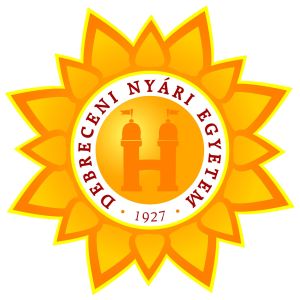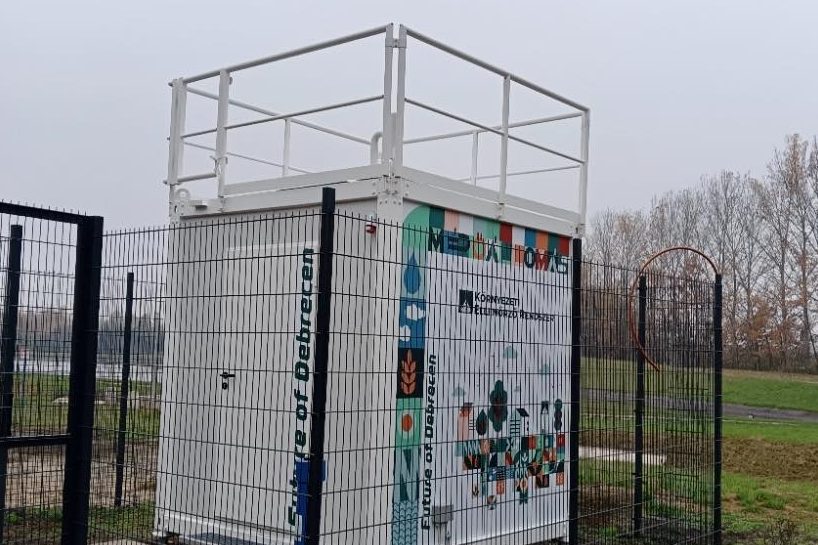The Green Sentinel (Zöld Őrszem) environmental monitoring system has been established and has begun operations in Debrecen, as announced at a conference presenting the system on Wednesday at the HUN-REN Institute for Nuclear Research.
László Papp (Fidesz-KDNP), Mayor of Debrecen, stated that over 800 million forints—primarily from governmental and municipal sources—were invested in creating the system, which is unique not only in Hungary but across Europe.
Sixteen complex monitoring stations and two surface water measuring stations have been installed throughout the city, covering areas with family homes, housing estates, forests, and industrial zones.
He added that data is collected across five domains—air, water, soil, noise, and biodiversity—with over 20 million data points per year continuously analyzed by scientists from the University of Debrecen (DE) and the HUN-REN Institute for Nuclear Research, in collaboration with experts from Debreceni Vízmű Zrt. and the Tiszántúli Water Directorate.
Papp emphasized that while the system is not a miracle solution, it constantly monitors environmental processes in the city and provides accurate data to decision-makers.
Zoltán Szilvássy, rector of the University of Debrecen, noted that the credibility of the academic sector and the spirit of collaboration increase trust in the system, which has already attracted the interest of companies planning to settle in the region.
He highlighted that the system is capable of detecting changes down to the molecular level in emitted substances found in water, air, and soil—potentially even prompting changes in manufacturing technologies.
Professor Péter Nagy, co-chair of the monitoring system, said the primary goal of Green Sentinel is to protect the residents of Debrecen and its surroundings. He recalled that the design of the monitoring system began in 2023 with the involvement of top local scientists.
After laying the groundwork, the monitoring stations were installed and the mapping of the region’s environmental baseline began. In the future, all changes and anomalies will be assessed relative to this baseline, and recommendations can be made if intervention is necessary.
László Stündl, the system’s scientific deputy chairman, added that they possess state-of-the-art measurement technologies that are globally unique: “No other city has carried out scientific data collection on this scale and quantity.”
(MTI)

















